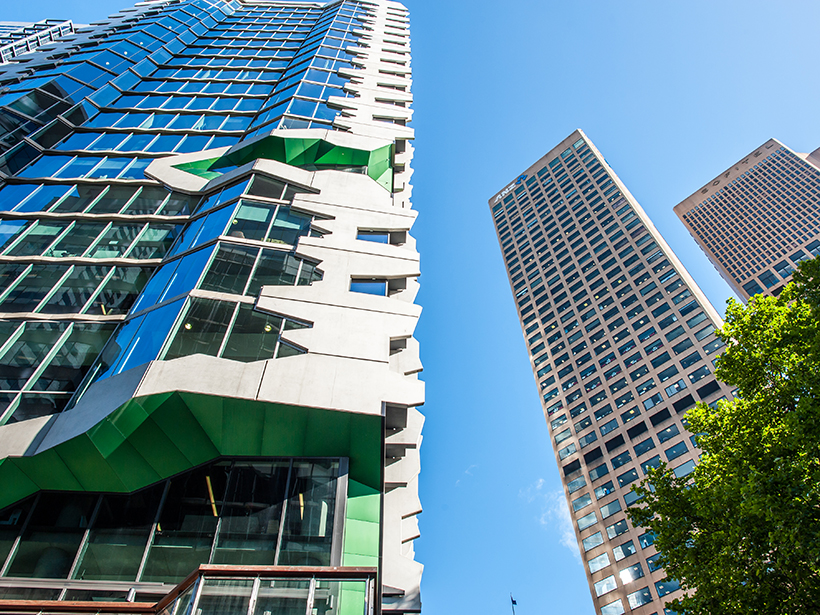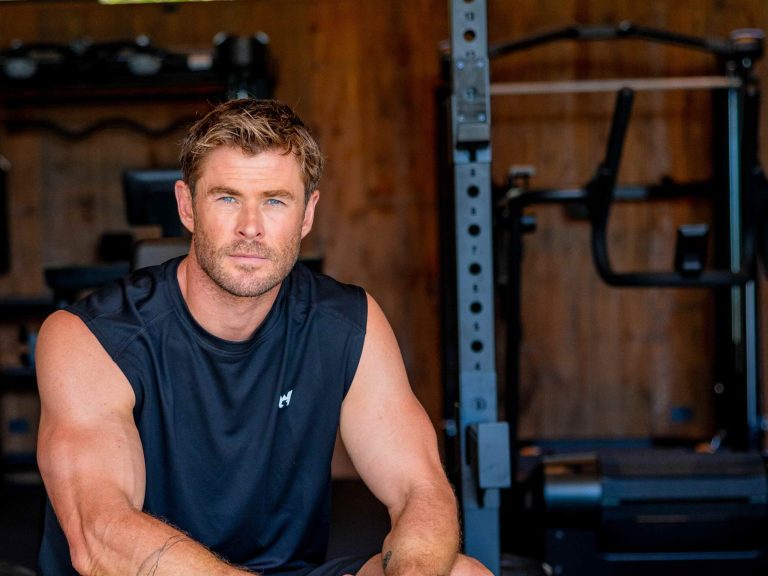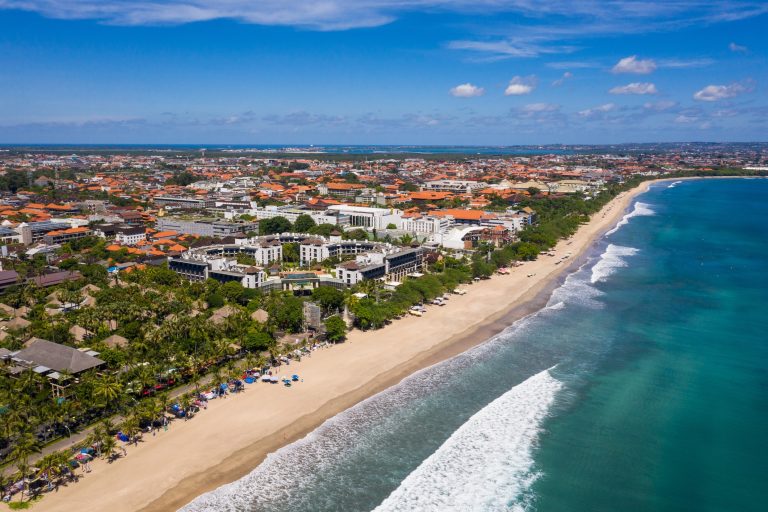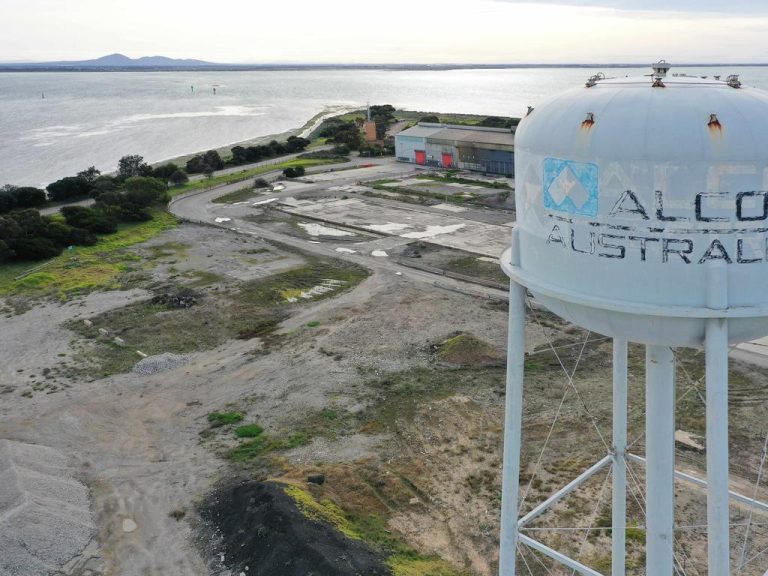40-year high for Melbourne CBD office market

Melbourne’s office market is leading a nationwide surge amid the race for CBD space.
Figures from real estate and investment management firm JLL Research show the Victorian capital has enjoyed its strongest net absorption rate in almost 40 years.
It comes as national CBD office markets vacancy rates dipped to 11.4% – down 1% from the same period last year.
JLL’s Australian head of research Andrew Ballantyne says the office sector is a barometer for business confidence.
Commercial Insights: Subscribe to receive the latest news and updates
“From a demand perspective, Melbourne is the standout performer with strong net absorption recorded,’’ Ballantyne says.
He says economic growth, increased profit margins for companies and job advertisement surveys trending higher all contributed to the optimism.
The strongest first quarter results in Melbourne saw more than 36,800sqm of office space snapped up with vacancy rates compressed to 7.5%.
“Melbourne is a microcosm of corporate Australia and the broad-based industry sector take-up in the CBD is reflective that the net balance of Australian companies are in expansionary mode,” Ballantyne says.
It is the strongest net absorption result since 1978.

Melbourne’s CBD is leading a nationwide office leasing boom.
Better than expected leasing activity also provides confidence for landlords to push rents higher and pull back on the level of incentive offered, he says.
Prime rent in Melbourne was up by 4.2% for the same period and 14.3% for the 12 months.
Globally, Melbourne and Sydney are positioned at the top of global office market rent expectations with even stronger rental growth out of Sydney — 7.3% for the quarter and 22% for the year to date.
Vacancies dropped to 7.3%, with strong leasing interest at Sydney’s Barangaroo South precinct expected to send the rate even lower in 2017.
JLL Australian head of office leasing Tim O’Connor says the expansion of small and mid-sized organisations has become a backbone for Sydney’s office market.
“New development activity has commenced in North Sydney and Parramatta, but these developments will only partly alleviate tight leasing market conditions and will take time to flow through,” O’Connor says.
From a demand perspective, Melbourne is the standout performer with strong net absorption recorded
He says vacancies on the city’s fringe, including Parramatta and Sydney South were all tighter than the CBD.
“The vacancy rate in Parramatta is now at the lowest level since March 1990,” he says.
Perth meanwhile records the second strongest CBD office absorption proving its leasing market was on the mend.
“Higher commodity prices have positively impacted sentiment in the Perth CBD office market,’’ O’Connor says.
“We have seen a sharp reduction in sublease availability as miners and their service providers withdrew, while the value proposition of the CBD has stimulated centralisation.”
Brisbane recorded a 16.4% reduction in office space but prime rents were flat in the first quarter.
Adelaide CBD recorded a modest correction in vacancies to 16.7% while Canberra remained unchanged.







